As a BetterHelp affiliate, we receive compensation from BetterHelp if you purchase products or services through the links provided
Resilience is a quality that many admire and seek to possess. In the animal kingdom, it’s a trait that has evolved over millions of years, helping species adapt and survive despite challenging circumstances. This article will explore various animals that represent resilience, showcasing their remarkable survival skills and adaptability.
From insects and arachnids to marine life and powerful predators, the journey of uncovering resilience in the animal kingdom will leave you in awe. Each creature, big or small, has unique skills and protection strategies that enable them to overcome adversity. Many of them have even inspired humans to cultivate resilience in their own lives.
Not only will you learn about the extraordinary survival skills these animals possess, but you’ll also see how these creatures can serve as a metaphor for human health and well-being. By understanding and appreciating the resilience displayed by these animals, you may find guidance in fortifying your resilience in the face of life’s challenges.
Key Takeaways
- Animals display incredible resilience through their unique survival skills and adaptability.
- Resilience in the animal kingdom spans various species, including insects, marine life, and powerful predators.
- These animals can serve as metaphors for human health and well-being, inspiring us to cultivate resilience in our own lives.
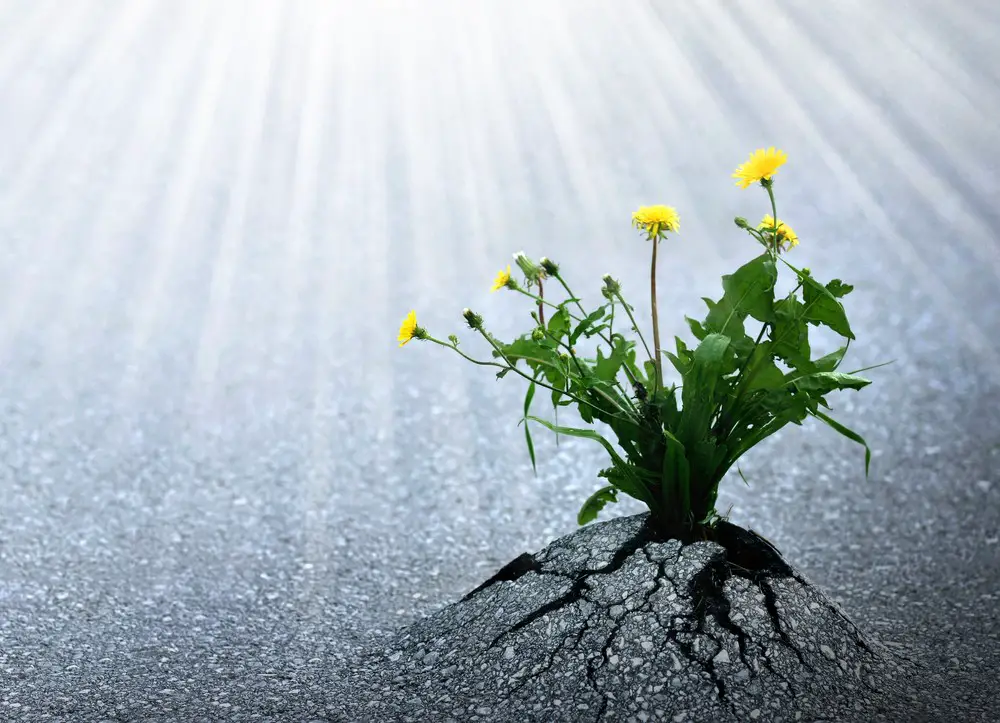
Understanding Resilience in the Animal Kingdom
Certain species immediately come to mind when you think about resilience in the animal kingdom. These animals are living symbols of adaptation and survival skills, inspiring us with their ability to overcome adversity.
One example of a resilient animal is the Greenland shark. This shark species can live for over 400 years, making it the longest-living vertebrate on Earth. Not only does it thrive in frigid Arctic waters, but it also survives in deep, high-pressure environments. This incredible endurance is thanks to its unique slow metabolism, allowing it to conserve energy and navigate harsh conditions.
Another animal that represents resilience is the tardigrade, the water bear. These microscopic creatures can survive in various extreme conditions, such as extreme temperatures, dehydration, radiation, and even the vacuum of outer space. Tardigrades accomplish this by entering a state called cryptobiosis, where they essentially shut down their metabolism and desiccate themselves, protecting their bodies from damage.
Some key adaptation features of resilient animals include:
- Specialized diets: Many animals have evolved to consume specific foods abundant in their environments, giving them a competitive edge over other species.
- Camouflage: Some animals, like the Arctic fox or leaf-tailed gecko, have developed patterns and colors that help them blend into their surroundings, increasing their chances of survival.
- Hibernation: Many species, such as bears or ground squirrels, enter a state of hibernation or torpor, conserving energy when food is scarce.
When observing these animals and their remarkable resilience, it’s important to remember that their survival is possible due to their ability to adapt and evolve. Through time, they have developed traits and behaviors that enable them to thrive in their environments, even when faced with challenges.
Take a moment to appreciate the beautiful complexity of the animal kingdom and the resilience of nature as a whole. By studying and understanding these incredible creatures, we can gain insight into our resilience and fortitude in adversity.
Insects and Arachnids: Symbols of Perseverance
Ants: The Power of Numbers
Ants, as small as they may be, are well-known for their extraordinary strength and teamwork. Their impressive swarm intelligence allows them to work together effectively, making them a powerful symbol of resilience. By harnessing the power of numbers, ants can accomplish astonishing feats, such as carrying objects up to 50 times their own weight or constructing intricate, expansive underground colonies.
Key takeaway: Utilizing teamwork, ants showcase the importance of collective strength in overcoming challenges.
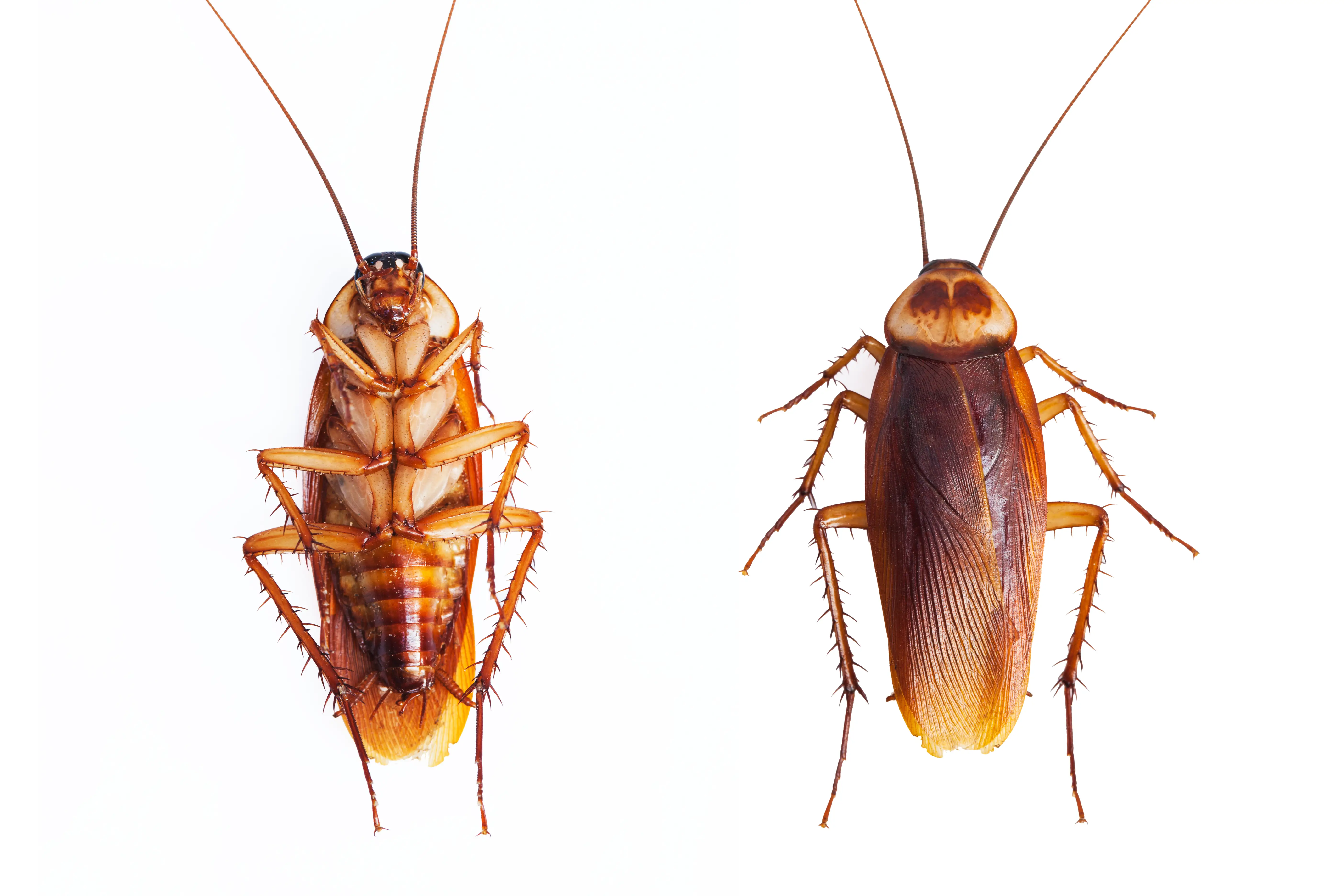
Cockroaches: Surviving Extreme Challenges
Cockroaches are infamous for their ability to withstand and adapt to extreme conditions. They can go without food and water for up to a month and thrive in environments in which most other creatures would struggle to survive. Their capacity to survive radiation exposure makes them notably hardy pests. The cockroach embodies the principle of perseverance in adversity, making it a symbol of resilience.
Key takeaway: The cockroach demonstrates that flexibility and adaptability can lead to survival in harsh situations.
 Scorpions: Defying Harsh Environments
Scorpions: Defying Harsh Environments
Scorpions are arachnids that can thrive in some of the planet’s harshest and most inhospitable environments – from desert realms to freezing mountain ranges. They exemplify resilience as they adapt to extreme heat, intense cold, and months-long fasts from food. Additionally, scorpions come equipped with powerful stingers, affording them a potent defense mechanism.
Key takeaway: Scorpions exemplify tenacity and survival in even the most extreme environments, proving that adaptation is a key factor in resilience.
Bed Bugs: Persistence Personified
Though bed bugs may be unwanted for most people, these little pests are an unyielding testament to persistence. They continue to plague homes and businesses despite increasing anti-bed bug measures. Their determination to survive and prosper and their knack for evading control attempts make bed bugs a relevant symbol of resilience in the insect world.
Key takeaway: The bed bug is a reminder that steadfast persistence, despite seemingly insurmountable obstacles, can define true resilience.
Marine Life: Navigating the Depths of Resilience
Sharks: Top Predators
Sharks are often seen as menacing creatures, but their evolutionary prowess showcases their resilience. With over 400 species, these top predators have adapted to various environments. They’ve cultivated various hunting strategies, allowing them to thrive in diverse ecosystems. Some key features that contribute to their resilience include:
- Advanced senses: They have superior hunting abilities thanks to their keen sense of smell, electroreception, and responsive lateral line system.
- Cartilage structure: Unlike most fish, sharks have skeletons made of cartilage, giving them flexibility and lighter weight for efficient swimming.
- Tooth regeneration: Sharks shed and replace thousands of teeth throughout their lives, ensuring they’re always prepared for their next meal.
Tardigrades: The Unlikely Heroes
Tardigrades, or water bears, might be tiny, but their resiliency is unmatched in the animal world. These microorganisms can survive extreme conditions, making them arguably the most resilient creatures on Earth. Some tardigrade superpowers include:
- Cryptobiosis: They can enter a state of suspended animation, dehydrating their bodies to endure extreme temperatures and radiation.
- Extensive habitat range: Tardigrades can be found in almost any environment, from the deepest oceans to the peaks of the highest mountains.
- Longevity: They can survive for extended periods, possibly over 100 years, in their cryptobiotic state.
Remember: Tardigrades remind us that size doesn’t always indicate strength and resilience.
 Jellyfish: The Immortal Creature
Jellyfish: The Immortal Creature
Jellyfish are unique marine animals known for their mesmerizing beauty and mysterious abilities. One species, the Turritopsis dohrnii, has earned the nickname “The Immortal Jellyfish” due to its remarkable resilience:
- Reversing aging: When stressed or injured, this jellyfish can revert to its earlier developmental stage and start its life cycle anew, making it biologically immortal.
- Transparency: Most jellyfish are transparent,a natural defense mechanism against predators, as they’re difficult to spot.
- Simplicity: With no brain, heart, or bones, jellyfish have a basic body structure that allows them to thrive in various conditions.
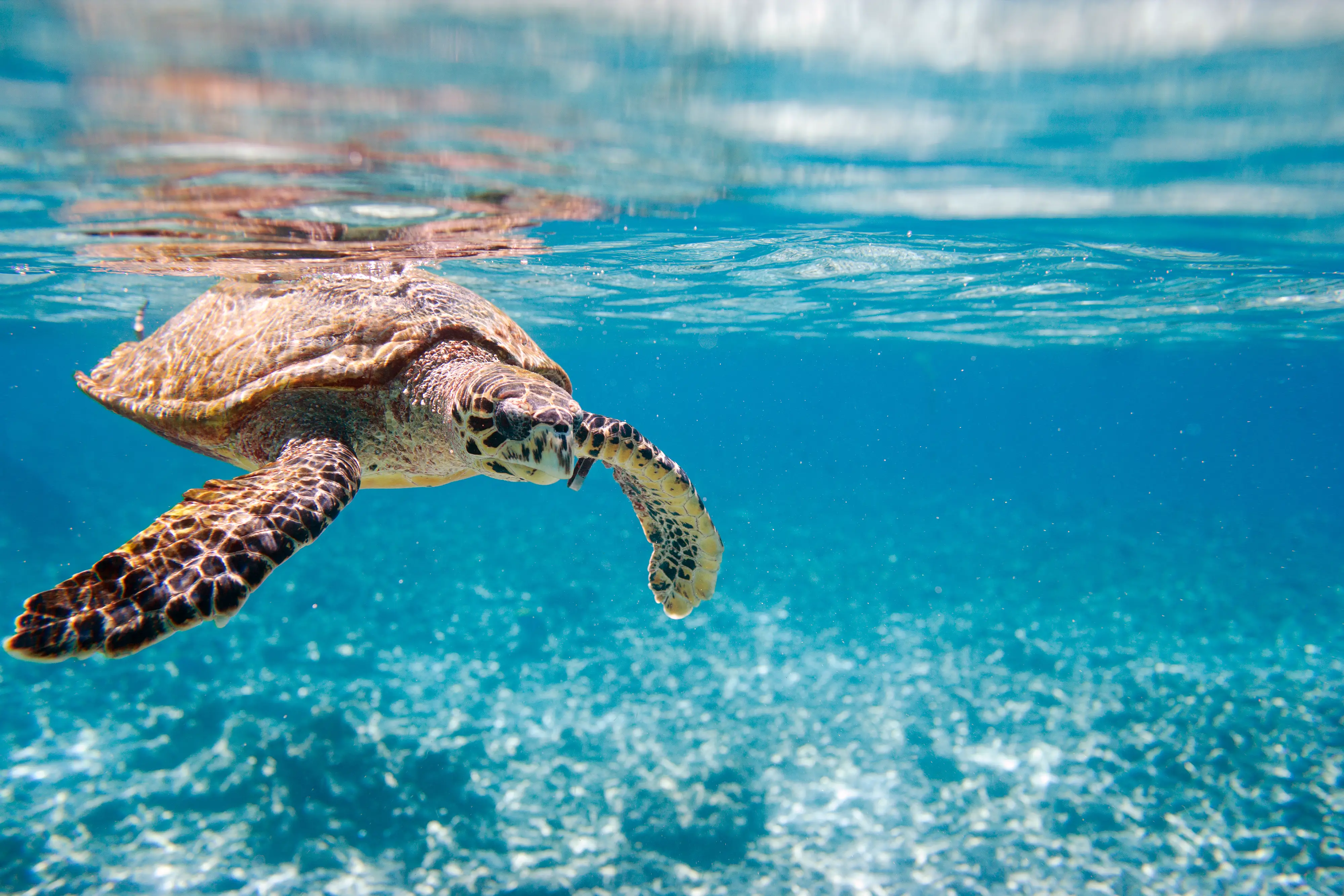
Sea Turtles: Journey Through the Oceans
Sea turtles are some of Earth’s most resilient and ancient marine creatures. They’ve navigated the oceans for over 100 million years, and their incredible stamina and survival skills remain impressive:
- Long migrations: Sea turtles can travel thousands of miles between nesting and feeding grounds, often navigating vast oceanic distances with astonishing precision.
- Age: Many species of sea turtles have long lifespans, some reaching over 100 years, contributing to their status as resilient and enduring creatures.
- Adaptability: These animals can adjust to different marine environments, making them uniquely qualified to traverse multiple habitats throughout their lives.
Remember that Sea turtles symbolize persistence and determination, guiding us to stay on course no matter the challenges.
Powerful Predators and Their Survival Instincts
 Lions: Kings of Resilience
Lions: Kings of Resilience
In the world of predators, lions truly embody resilience. These powerful cats are known for their strength, bravery, and leadership. United under pride, they work together to hunt and protect each other, overcoming various challenges to survive in the wild. No wonder they’re called the kings of the jungle.
Key takeaway: Lions’ cooperative nature in pride ensures their survival and resilience as formidable predators.
 Wolves: The Pack Mentality
Wolves: The Pack Mentality
As for wolves, their strength lies in unity. They operate in close-knit packs, with each member playing a crucial role in hunting, defending territory, and raising the young. The shared responsibility found in the pack mentality allows them to overcome many difficulties, including harsh weather conditions and encounters with other predators. This adaptability is why wolves can be found across diverse habitats.
- Adapt to various habitats
- Strong social structure
Key takeaway: The pack mentality in wolves fosters cooperation and adaptability, leading to their remarkable resilience.
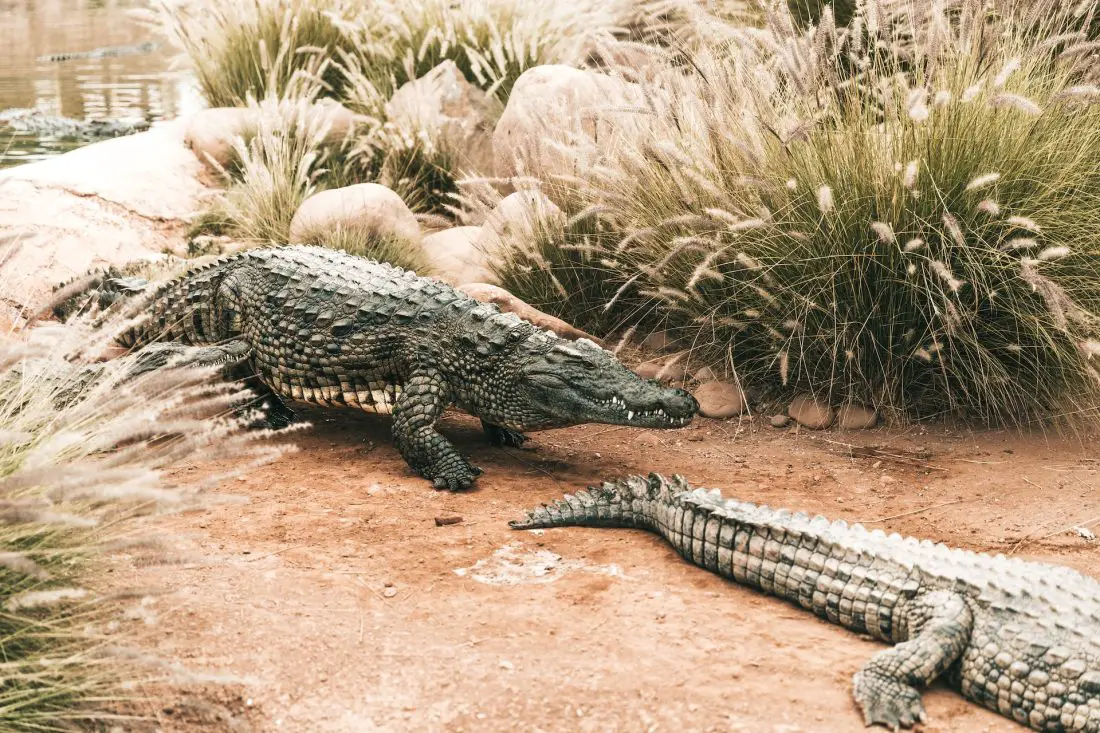
Crocodiles: Living Dinosaurs
In the long list of resilient predators, crocodiles deserve a special mention. These living dinosaurs have survived since prehistoric times, largely unchanged. Their adaptability and patience make them fierce predators, able to wait for hours before making a powerful strike. Here are some factors that contribute to their survival:
- Strong, protective armor
- Adaptability to both land and water
- Efficient hunters
With these qualities, it’s no surprise that crocodiles continue to thrive as powerful predators.
Key takeaway: Crocodiles’ remarkable adaptability, patience, and strength make them enduringly resilient in the wild.
Resilient Herbivores and Their Protection Strategies
 Elephants: Giant Protectors
Elephants: Giant Protectors
You might be surprised to learn that elephants, one of the largest living land mammals, have developed fascinating protection strategies. They rely on their tight-knit social structure to stay safe from potential predators. Elephant herds, led by a wise female matriarch, constantly communicate through vocalizations and body language.
A key takeaway from elephants’ protection strategy is that they rely on cooperation and community strength rather than individual defense. Their strong bonds enable them to care for the vulnerable, like young calves, and ward off potential threats while maintaining a friendly demeanor!

Camels: Thriving in Deserts
Camels are masters of resilience, expertly adapting to their harsh desert environments. They have unique physiological features that help them survive, like humps for storing fat, long eyelashes to shield their eyes, and wide hooves that enable them to traverse dunes easily.
Your takeaways from camels’ incredible survival skills include their ability to adapt to challenging environments and that they can thrive due to their specialized physical traits. These amazing creatures are a reminder that determination and adaptation are essential ingredients for success.
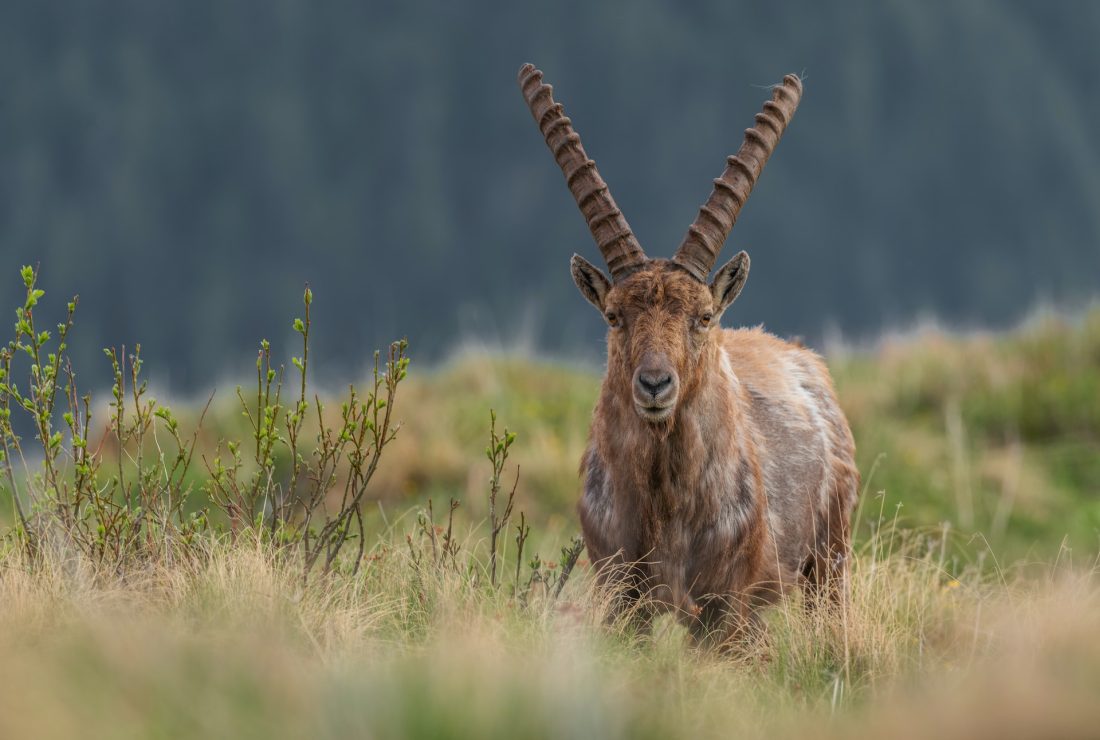
Mountain Goats: Scaling New Heights
Mountain goats are known for their incredible agility and unique ability to scale seemingly impossible heights. With their strong legs and thick coats to withstand severe weather, these resilient herbivores can safely navigate the rugged terrain they inhabit.
These goats have developed an incredible way to minimize injury from falls: they calculate their leaps carefully and rely on their powerful legs for soft landings. So, the key takeaway from mountain goats is that their risk assessment and adaptation to their environment make them successful survivors.
By observing these resilient herbivores, you can learn more about their protection strategies and how they’ve adapted to their respective environments. Remember that cooperation, physical adaptation, and risk assessment are essential to their survival.
Birds: Soaring High on Resilience
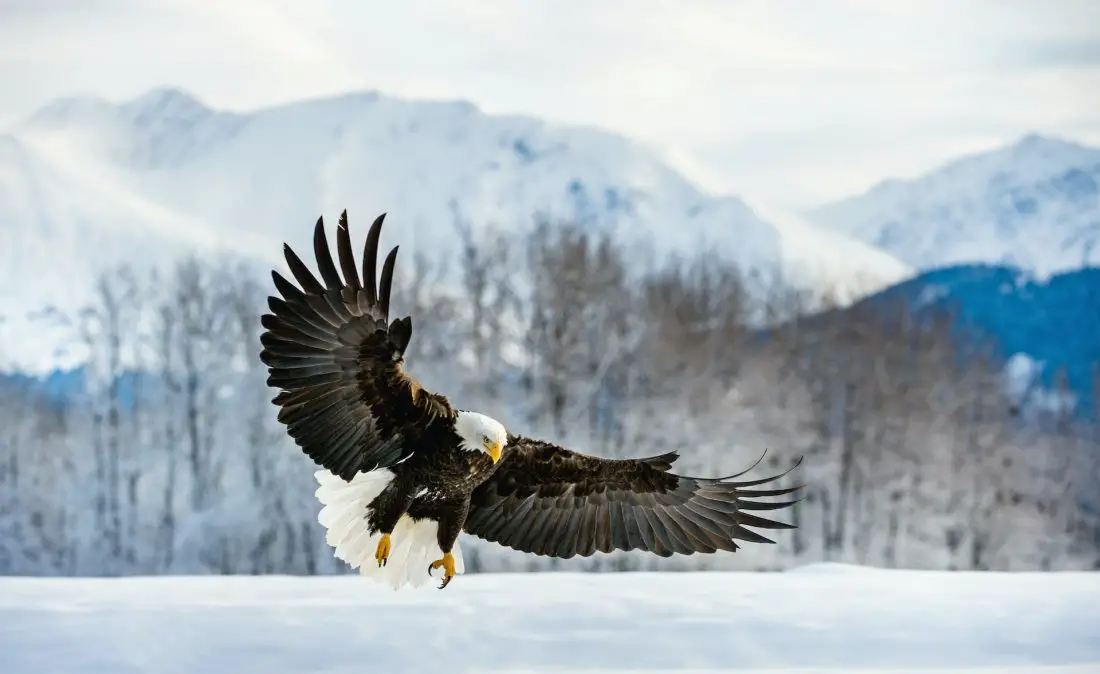
Eagles: Embodying Courage
Eagles are known for their strength, agility, and majestic presence. They’re often associated with courage and resilience. These fascinating birds of prey are expert hunters and can survive in various environments like mountains, forests, and even deserts. As you observe their keen eyesight and powerful flight, you can’t help but admire their adaptability and determination. Remember, when facing difficult situations, you too can embody the qualities of an eagle, such as:
- Fearlessness: Eagles are fearless predators and aren’t afraid to chase after their prey.
- Determination: These birds spend hours scanning the terrain below, waiting for the right moment to strike.
- Adaptability: Eagles can adjust to different environments, finding food and shelter wherever they go.
Key takeaway: Embrace the spirit of the eagle to find strength, courage, and resilience in your own life.
 Monarch Butterfly: Long Distance Fliers
Monarch Butterfly: Long Distance Fliers
The Monarch butterfly is another great example of an animal that symbolizes resilience. Known for their incredible migration journey spanning thousands of miles, these delicate insects face harsh weather, predators, and numerous obstacles. Some strategies that Monarchs use to combat these challenges include:
- Utilizing wind currents to aid their flight.
- Sharing information about the best routes to take through their unique generational relay system.
- Taking pit stops to feed and conserve energy during the long journey.
Light and delicate, yet strong and determined, Monarch butterflies show us resilience is not about size, it’s about facing challenges head-on and persevering.
Key takeaway: Lessons from the Monarch butterfly remind us that endurance and persistence can help us soar over obstacles in our own lives.
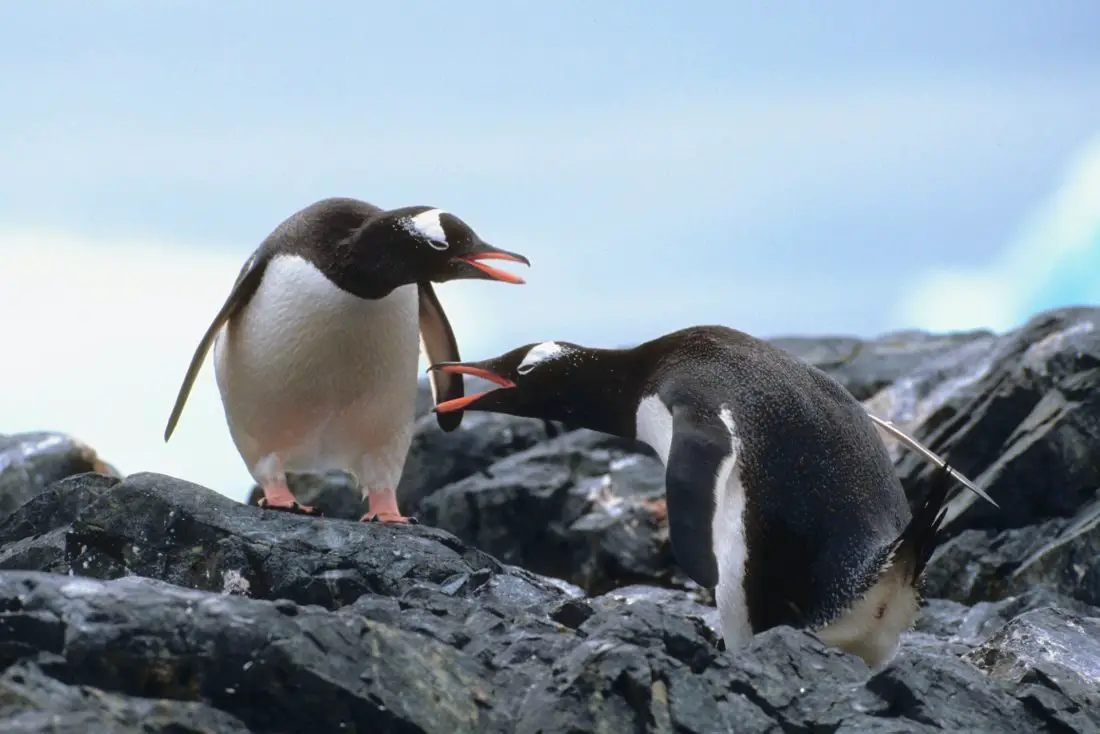
Penguins: Ice Warriors
Penguins are the ultimate ice warriors, showcasing resilience in the harshest environments. Standing strong amidst freezing temperatures and fierce winds, these flightless birds teach us that resilience can take many forms. Here’s what we can learn from penguins:
- Teamwork: Penguins huddle together to keep warm and protect one another.
- Resourcefulness: Penguins are efficient hunters who dive deep into the ocean for food and use their wings and feet to navigate expertly.
- Patience: Emperor penguins are known for their long, patient wait as they protect their eggs during the harsh Antarctic winters.
Key takeaway: Like penguins, we can rely on resourcefulness, adaptability, and community to navigate life’s icy challenges.
Other Symbols of Resilience
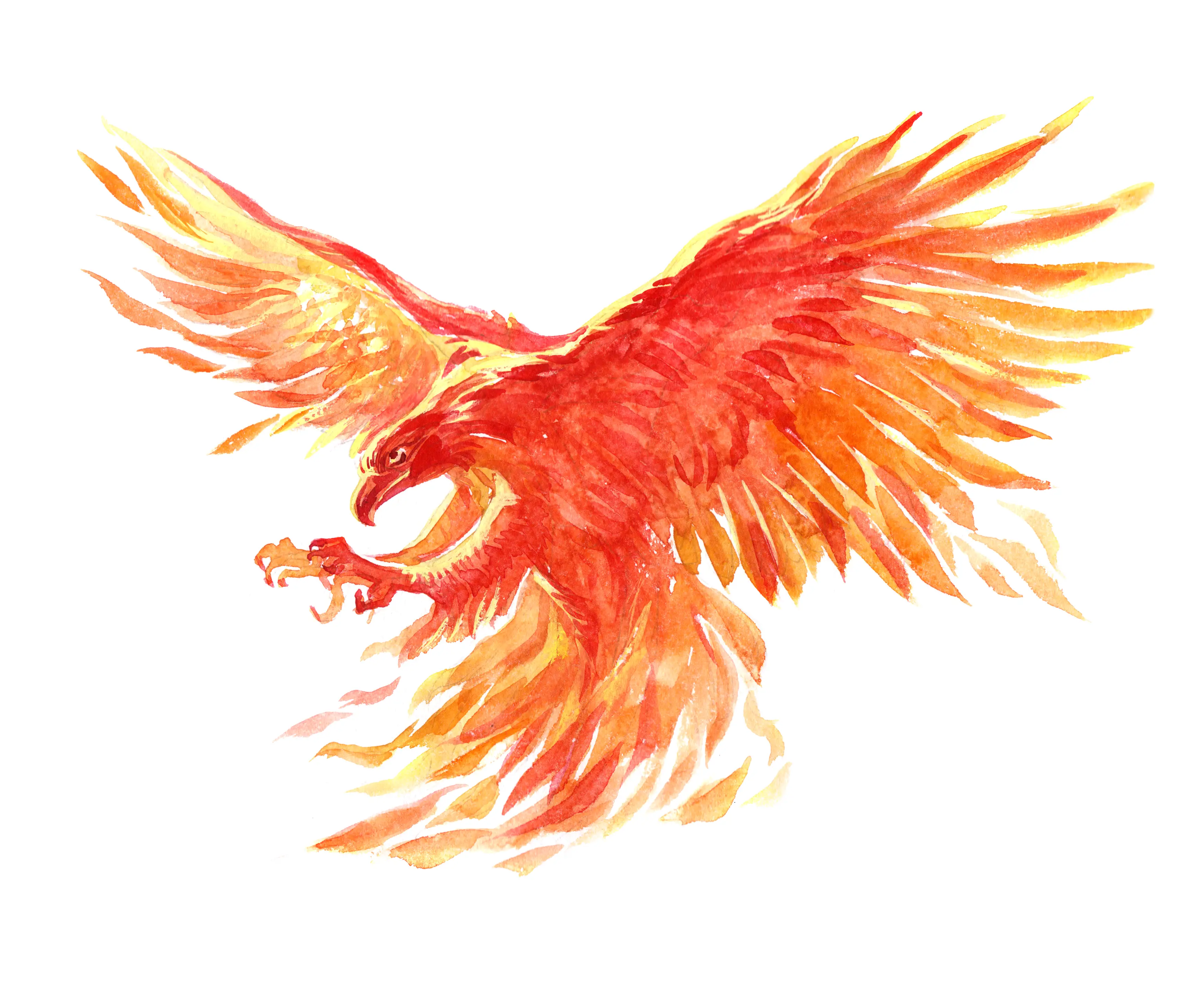
Symbols in Nature
When you think of resilience, several natural symbols might come to mind. The phoenix is a well-known mythological creature that represents resilience and rebirth. As the tale goes, this majestic bird cyclically regenerates and is born again from its ashes, signifying the ability to rise above adversity.
Another fascinating symbol is the lotus flower. Despite growing in muddy, murky waters, it emerges pristine and radiant. The lotus flower symbolizes purity and resilience amidst challenging circumstances.

Plum blossoms exhibit a similar resilient spirit. They bloom in the cold, harsh winter, signifying endurance and the strength to overcome hardships.
Some animals, like the snail, also embody resilience. This slow but steady creature carries its protective shell wherever it goes, showing perseverance in transporting its home despite obstacles.
Key takeaway: Nature offers several symbols representing resilience, such as the phoenix, lotus flower, plum blossoms, and snail.
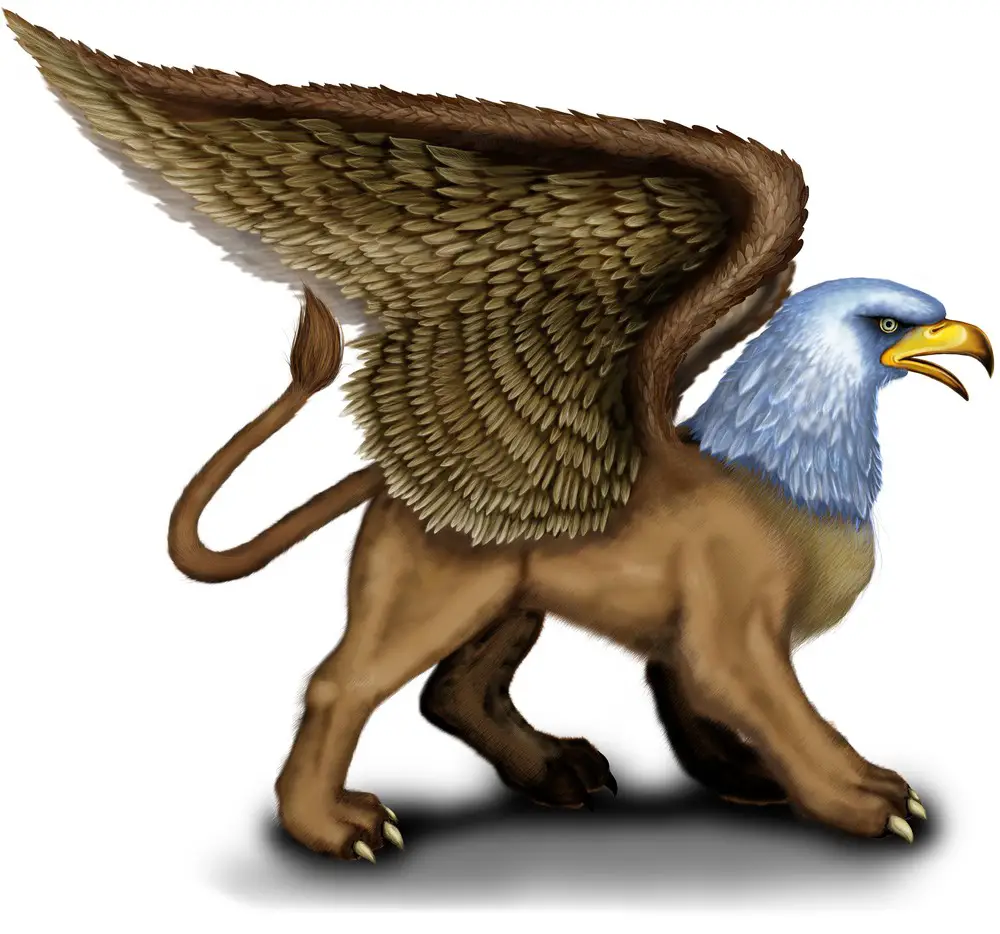
Symbols in Culture
Moving on to cultural symbols of resilience, we find the griffin. This legendary creature, which has a lion’s body and an eagle’s head and wings, represents strength, courage, and protection in various mythologies.
In many cultures and traditions, symbols of resilience can be found in art, literature, and even everyday objects. In ancient Greek pottery and mosaics, for instance, the phoenix or griffin depictions can symbolize a community’s ability to endure hardships and rise again.
Additionally, you may come across talismans or amulets bearing these symbols of resilience. Wearing or carrying them is considered a way to harness these symbols’ strength and endurance.
Key takeaway: Cultural symbols like the griffin and various cultural representations are powerful reminders of resilience and the human spirit to overcome challenges.
Extraordinary Survival Skills in the Animal Kingdom
Hibernation is a well-known survival strategy where some animals, like bears and hedgehogs, slow their metabolism and sleep through the winter. By doing this, they conserve energy and avoid food scarcity. Meanwhile, dehydration and starvation are not show-stoppers for tardigrades. These tiny creatures can survive without water for years by going into a state of suspended animation, during which their body functions halt almost completely.
In camouflage, you can’t help but admire the stealthy abilities of chameleons and stick insects. Changing colors and blending into surroundings help them stay hidden from predators. If you pay close attention, you might spot a leaf that’s not a leaf at all!
When things get tough, it’s time to regenerate! Planarian worms and starfish hold the champion titles in regeneration. If they lose a part of their body, they can grow a new one, sometimes even an entire organism, from a fragment.
Surely, keen eyesight is a significant advantage in the wild. Eagles and owls can spot their prey from incredible distances, while felines’ night vision gives them an edge when hunting under the cover of darkness.
Lastly, let’s talk about powerful muscles. Kangaroos, for instance, owe their remarkable bouncing abilities to their strong leg muscles. This muscular prowess allows them to escape predators and cover vast distances swiftly and quickly.
Remember, next time you face challenges, think of these resilient animals and find inspiration in their extraordinary survival skills!
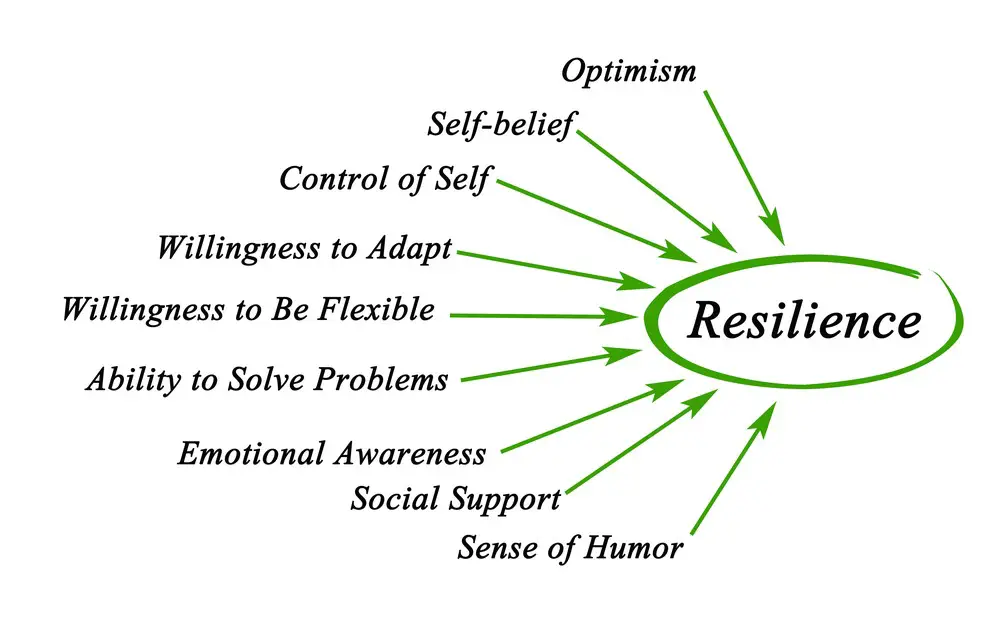
Resilience as a Metaphor for Human Health
Like resilient animals, you can learn much from their hardiness in your journey towards better health. In particular, animals that survive in harsh conditions can teach you valuable lessons about managing asthma, the importance of a strong immune system, and effective communication.
Have you ever thought about how some animals thrive in environments with allergens and pollutants? One key takeaway to managing asthma is to adapt to your surroundings, similar to these adaptable creatures. For instance, prioritize cleanliness in your home, invest in an air purifier, and avoid allergens like pet dander and pollen.
As you know, radiation can weaken the immune system. Taking cues from resilient animals, don’t forget that maintaining robust health means keeping a balanced diet packed with nutrient-rich foods. You can also incorporate regular exercise, adequate sleep, and stress management techniques to fight off harmful radiation effects.
Remember, human beings are social animals, just like our wildlife counterparts. Communication plays a crucial role in maintaining good health. Animals foster strong bonds and cooperation within their communities, ultimately contributing to their survival and well-being. Embracing open communication with your healthcare team and loved ones will enhance your emotional and mental health.
In conclusion, resilience in nature offers powerful lessons for your health journey. By learning from adaptable animals, you can cultivate strategies to manage asthma, stay immune to radiation, and hone open communication for all-around wellness.
Conclusion
Resilience in the animal kingdom is truly remarkable. You’ve learned how various creatures showcase their ability to adapt and survive in adversity. From the enduring tardigrade to the resourceful honeybee, these animals serve as a testament to the power of resilience.
Embracing the characteristics of these resilient animals can influence your ability to persevere through life’s challenges. Remember to:
- Stay determined, like the hardworking ants
- Learn from your surroundings, as Arctic foxes do
- Stay flexible, just like octopuses
Let these resilient animals inspire you to keep pushing through, no matter your obstacle.
Key Takeaway: Resilient animals have much to teach us about facing adversity and overcoming challenges. Look to these creatures for inspiration and guidance on building your resilience.
Frequently Asked Questions
What animals signify resilience in nature?
Many animals exhibit resilience in nature, including:
- Tardigrades: Known for surviving extreme conditions
- Cockroaches: Withstand harsh environments and radiation
- Arctic fox: Adapts to severe temperatures and harsh conditions
These animals showcase the strength and adaptability to overcome various challenges in their natural habitats.
Which animals symbolize overcoming adversity?
The following animals are known for symbolizing overcoming adversity:
- Koi fish: Represents perseverance and transformation in Asian cultures
- Phoenix: Symbolizes rebirth and renewal from adversity
- Butterfly: Demonstrates growth and change after a difficult period
These animals have become symbols for overcoming adversity in various cultures, teaching us to push forward in the face of challenges.
What creatures represent strength and endurance?
Some animals embody physical strength and endurance, such as:
- Elephants: Known for their incredible strength and long lifespans
- Horses: Enduring long journeys and harsh conditions
- Camels: Surviving in extreme desert environments with limited water
These creatures inspire us to persevere and exhibit strength in challenging situations.
Which animals embody persistence in challenging situations?
Several animals embody persistence despite challenges, including:
- Salmon: Swim upstream against strong currents to reach their spawning grounds
- Ants: Working diligently in a structured community to achieve common goals
- Penguins: Enduring frigid temperatures to breed and raise their young
These animals showcase their tenacity to persist even in the most demanding situations.
What are some examples of resilient animals?
Resilient animals include:
- Tardigrades or “water bears”: Surviving extreme environments, including outer space
- Axolotls: Regenerating lost limbs and organs
- Crocodiles: Remaining in the ecosystem for millions of years, adapting to various changes
These examples highlight the impressive resilience of some animals in the face of adversity.
Which animals are known for their perseverance and grit?
Animals known for their perseverance and grit include:
- Honeybees: Traveling great distances and working together to gather resources
- Mountain goats: Scaling difficult terrain in search of food and safety
- Sea turtles: Overcoming numerous obstacles on land and sea to reach their nesting sites
These devoted creatures remind us to remain steadfast and determined, no matter what challenges we face in life.
Unshakable Spirit ?: How I Find Resilience in the Animal Kingdom and My Own Life
Hey there! I’m Jacob Maslow, and if you’re captivated by the strength and resilience found in the animal kingdom, let me tell you, I’m navigating a jungle of my own ?. My life journey has been one of confronting hurdles and tapping into my inner resilience, much like the animals we admire.
The Turmoil and Transformation: My Rollercoaster Journey ?
I’ve seen the dark side of narcissism through my ex-spouse, who refuses to honor court-ordered shared custody and complicates my relationship with our kids ?. This ongoing struggle tests my resilience daily, particularly as she intensifies her narcissistic behaviors over time ?.
The Balancing Act: Managing Mind and Emotion ?
To manage my mental well-being amidst the storm, I’ve joined BetterHelp and started taking Lexapro ?. In a way, I’ve found my protective shell, just like a resilient animal might ?.
Steps to Sanctuary: Finding Peace Amid Chaos ??♂️
Taking long walks has become my form of sanctuary. It’s my way to escape, breathe, and clear my head, each step a small triumph in maintaining my well-being ?.
My Written Refuge: Using Words as a Lifeboat ?
Writing articles about mental health and narcissism has been another form of resilience for me ✍️. I help others tackle similar challenges head-on through my writing and legal site. I truly believe that with the right strategies and mindset, anyone can conquer their mental health obstacles ?.
My Emotional Tailspin and the Road to Resilience ??
Having been separated from my kids for 9 months after years of close contact, the emotional impact has been brutal. Yet, this tumultuous experience has also been a crash course in resilience. While the situation is ongoing, I continue to find ways to strengthen my emotional fortitude ?.
Last Thoughts ?
Just like the animals that embody resilience, I adapt and endure. So if you’re battling your wildlife of challenges, remember that the ability to be resilient is inside us, waiting to be awakened ?. You’re never alone in your journey towards overcoming adversity and claiming your life back ?.
- Breaking the Silence: Why Men’s Mental Health Matters More Than Ever - April 15, 2025
- How to Transform a Home’s Patio Space into a Relaxing Space - March 23, 2025
- 5 Strategies to Use a Cell Phone to Help Manage Your Stress - March 23, 2025
This site contains affiliate links to products. We will receive a commission for purchases made through these links.


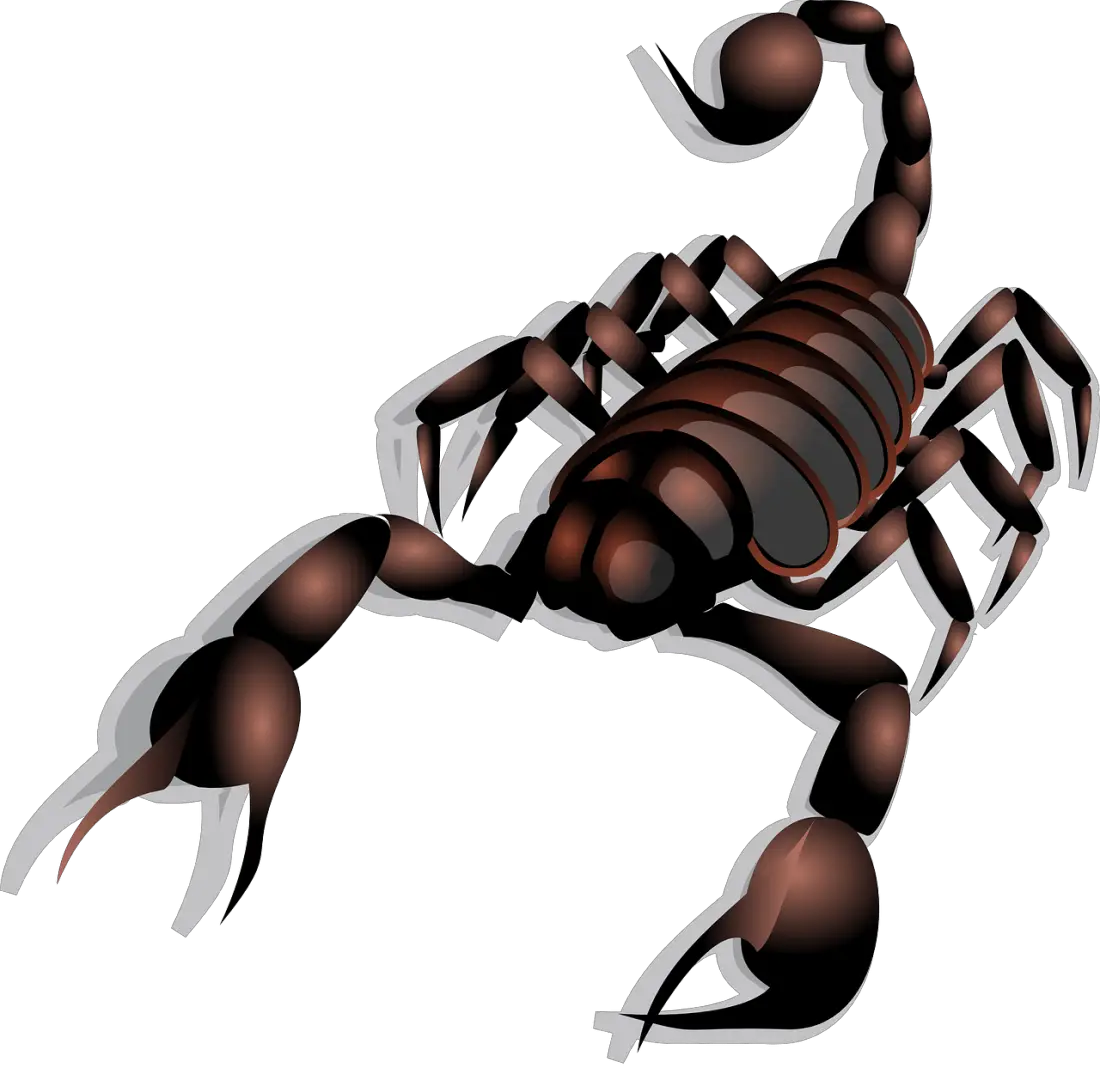 Scorpions: Defying Harsh Environments
Scorpions: Defying Harsh Environments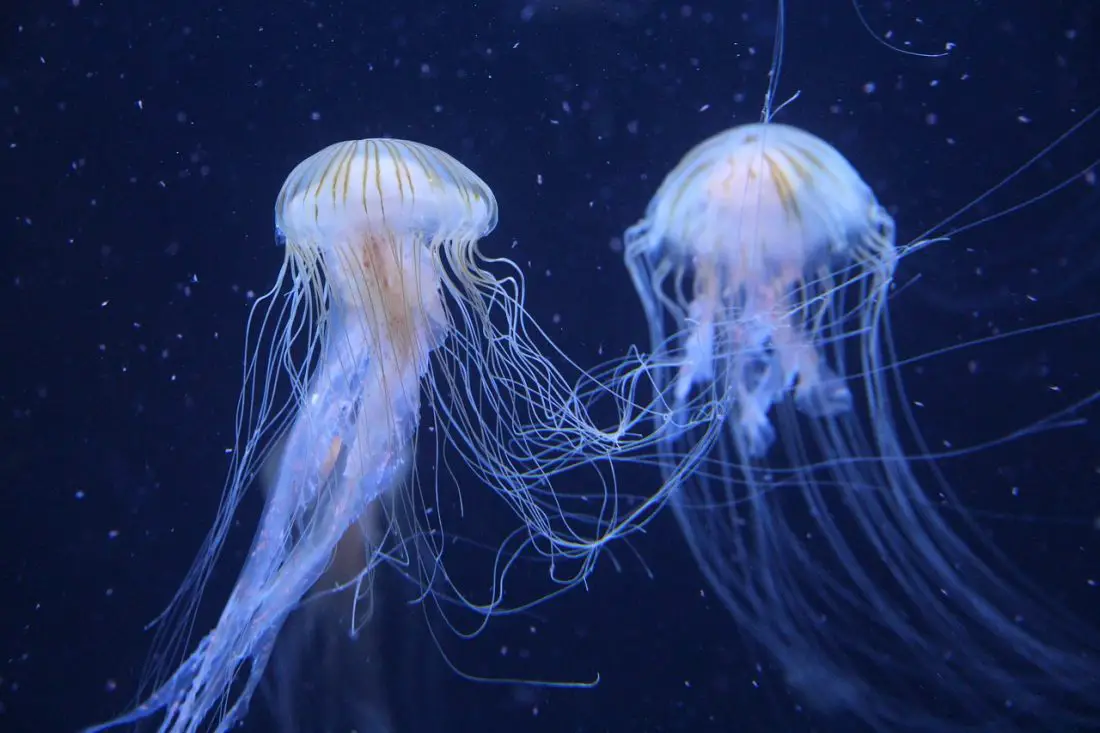 Jellyfish: The Immortal Creature
Jellyfish: The Immortal Creature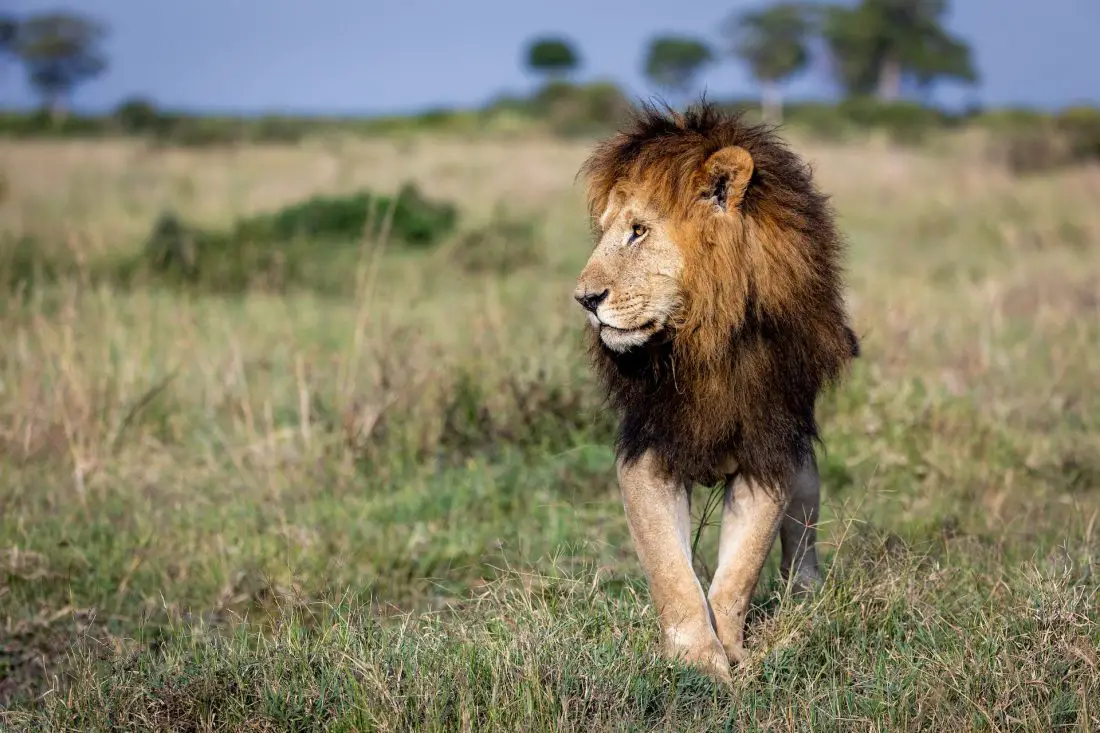 Lions: Kings of Resilience
Lions: Kings of Resilience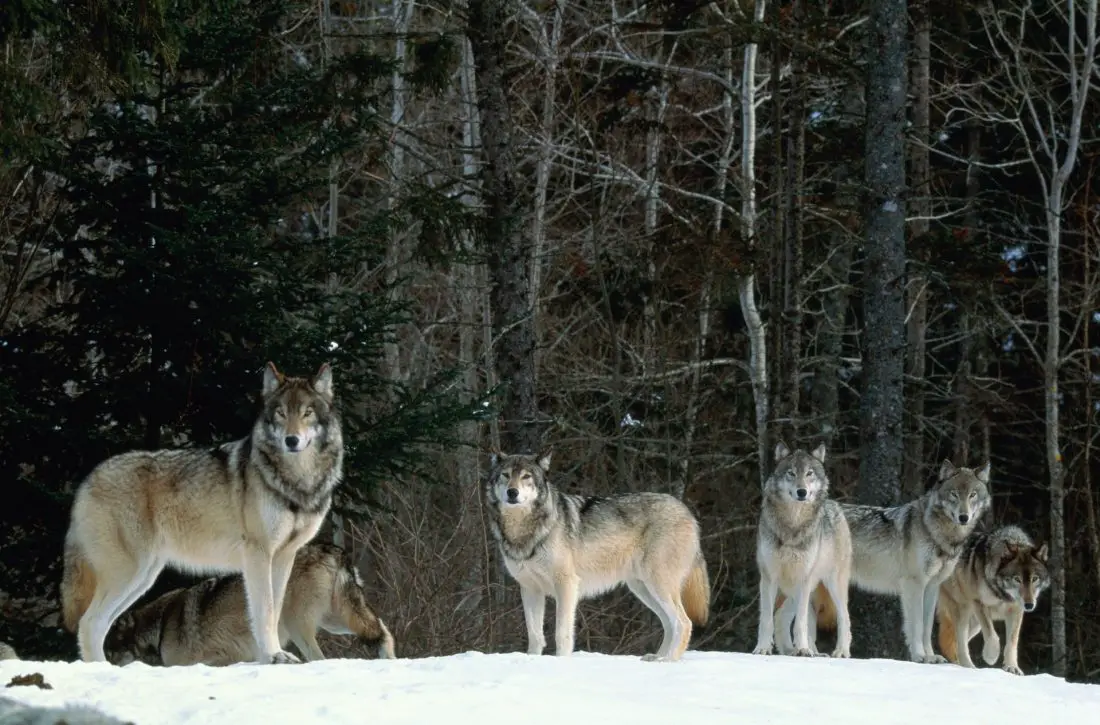 Wolves: The Pack Mentality
Wolves: The Pack Mentality Elephants: Giant Protectors
Elephants: Giant Protectors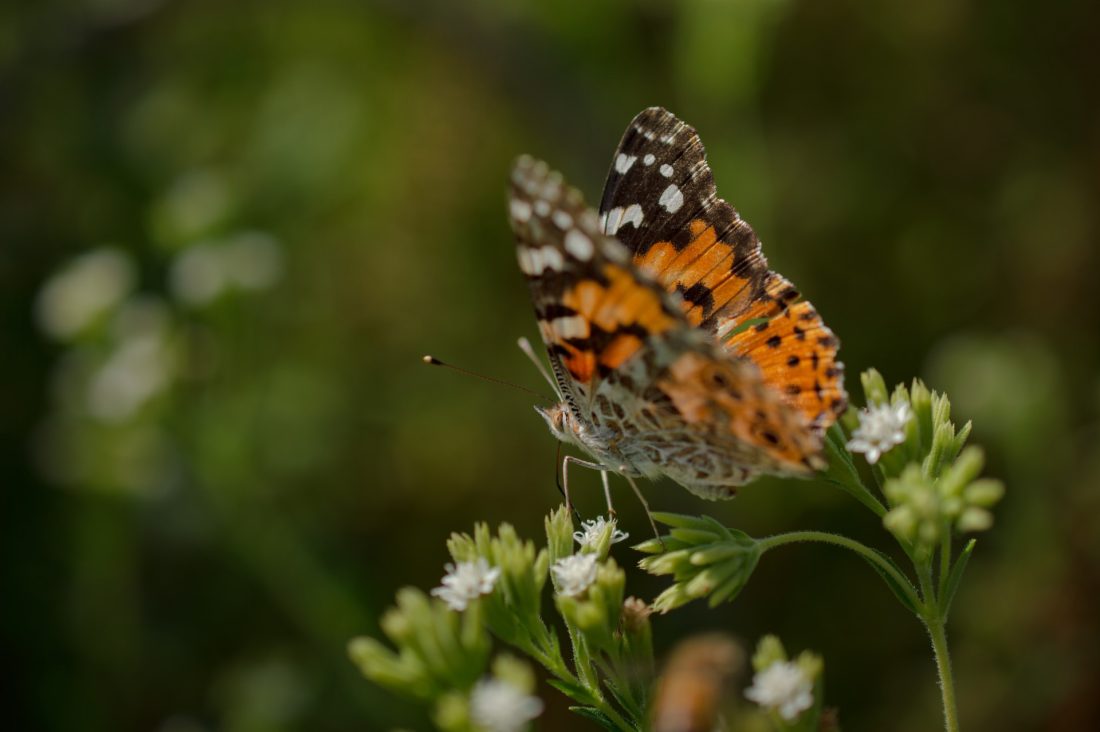 Monarch Butterfly: Long Distance Fliers
Monarch Butterfly: Long Distance Fliers
